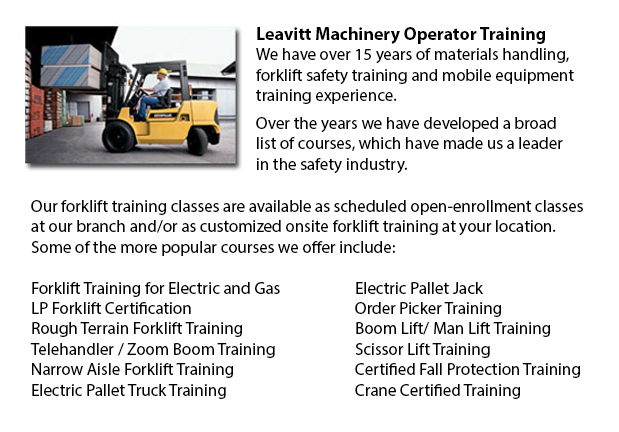
Hyster is an industry leader in the materials handling industry that has been in business for over 80 years. However, it started as a producer of lifting equipment as well as winches. Most of its production was focused in the Pacific Northwest and dealt primarily with the timber and logging industry. A couple years after the 1st forklift trucks were invented Hyster became synonymous with quality manufacturing. Over the preceding eighty years Hyster has continued to expand and grow its product line. The expansion of its products coupled with its want to stay service oriented has allowed Hyster to mature into the global player it is in the present day.
Some of the key inflection points in Hyster's past occurred between the 1940's and the 1960's. In 1946, Hyster opened a plant in Illinois that was totally dedicated to mass producing trucks. This allowed Hyster to force its expenses down and, at the same time, offer a better quality product at industry aggressive prices. In 1952, Hyster began its first foray in to the international production market through opening its first plant in the Netherlands. The Netherlands plant was originally designed to produce two products: Hyster 40" and the Karry Kranes.
Hyster continued to aggressively expand its production operations all the way through the 1950's and 60's. They started building container handlers in the US in 1959 to meet with the ever growing demand for transportation goods. In 1966, Hyster developed a method for allowing a lift truck to go both ahead and backwards using the same pedal. This pedal was known as the Monotrol pedal, which revolutionized the industry. Later in the decade Hyster opened a R&D centre in Oregon that was concentrated on enhancing the design and functionality of forklifts. The centre is still one of the world's best testing facilities in the materials handling industry.
In the 1960's Hyster experienced rapid expansion. Much of the manufacturing was shifting towards bulk manufacturing. To keep up with the times Hyster was inclined to concentrate on the evolution of these mass markets. Accordingly, in 1970, the XL design philosophy was born. The XL design philosophy allowed Hyster to offer better quality at a more inexpensive price. A further expansion in manufacturing capabilities was necessitated by the demand in Europe for Internal Combustion Engine Trucks. To plug this gap, a plant in Craigavon, Ireland was opened in 1980. Through the 1980's Hyster continued to concentrate on developing industry leading lift trucks. The Hyster brand name was known throughout the globe for its dedication towards quality. This attention to excellence brought many suitors for the company. In 1989, a large international company based in Ohio called NACCO Industries bought Hyster and started an aggressive expansion strategy. NACCO rapidly replaced the XL philosophy with a more driver oriented truck that focused on operator comfort, which is known as the XM generation of trucks.
With the overall shift towards just-in-time administration procedures, Hyster has been required to keep up with the trends through investment in new and diverse technologies. Acquisitions and investments were made in the US, Italy, Netherlands, and lots of other places all over the globe. All of these investments have made Hyster a global leader in the lift truck market. Recently, Hyster celebrated its 80th anniversary as an industry leader of materials handling equipment, which consists of more than 300 different types of forklift trucks.
-
Terex Forklift
Terex Forklifts takes immense satisfaction in producing quality equipment that helps enhance their customers' efficiency while standing by their goal to offer a cost effective yet reliable product line. Through numerous divestures and acquisitions de... More -
Scissor Lifts
The scissor lift, often known as a table lift, is an industrial lift that has been tailored for usage within wholesale and retail environments. Industrial lifts have been utilized for decades within the manufacturing and production industries to effe... More -
Aerial Lifts
Aerial jacks are able to accommodate various duties involving high and tricky reaching spaces. Usually utilized to perform routine maintenance in structures with lofty ceilings, trim tree branches, raise heavy shelving units or mend phone lines. A la... More -
Doosan Forklift
Doosan Infracore Company Ltd. is an international and intercontinental organization which includes Defense Industry Products, Industrial Vehicles, Diesel Engines, Automation Systems, Machine Tools and Construction Equipment. In the U.S.A., Doosa... More -
Toyota Forklift
Ever since 1992, Toyota Material Handling inc., U.S.A., also called TMHU, have been the top selling lift truck supplier in the United States. Proudly celebrating more than 40 years of operations, the Irvine, California established business offers an... More

Forklift Training Kelowna
TOLL FREE: 1-888-254-6157
Kelowna, British Columbia
forklifttraininginkelowna.com
Email Us
About Us


